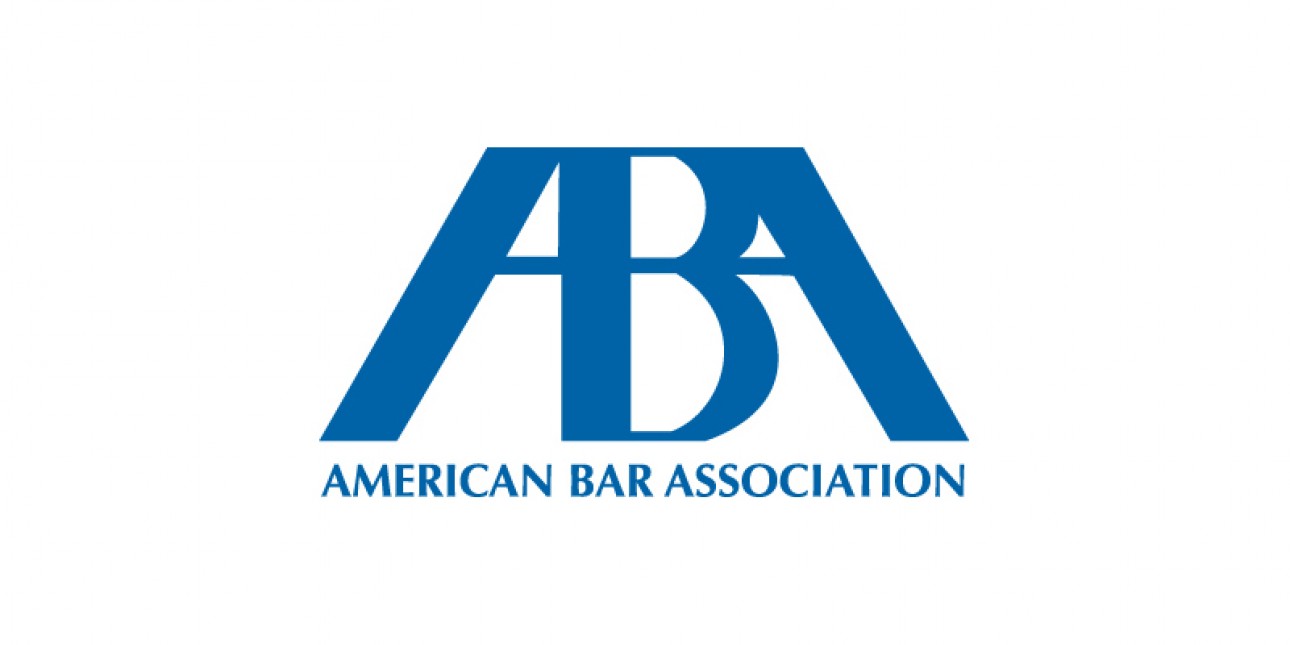Blog
Have You Read Your Insurance Policy (Part 1)?
HAVE YOU READ YOUR INSURANCE POLICY (PART 1)?
By Arnold Taylor
You call your insurance agent to report a claim, only to be told you don’t have coverage. How can that be? You’ve been paying your premiums to that company for 10 years and never had a claim before this. Well, not all insurance policies cover every conceivable loss, and even if the type of loss was conceivable it might not be covered without having a specific add-on (called an “endorsement”) that you had to pay extra for.
The time for reading your policy is before you need its benefits, not after. The vast majority of people with insurance have never read their insurance policy before suffering a loss, so they may be surprised to learn that they have no coverage, or that the claim is limited in some way. This Article will discuss one of the common policy provisions that can come back to haunt you, “Actual Cash Value” (ACV) versus Replacement Cost.
Homeowners’ insurance policies commonly contain coverage for loss of “personal” property, usually meaning everything in the house. If you have a fire there is probably coverage for your clothing, furniture and other household belongings. There may be coverage for valuables, such as jewelry and paintings, but unless you have specifically listed them for coverage and value (and paid the additional premium) you may be limited to some specific values set out in the policy. People with items valuable enough to specifically insure them for full value are probably aware of this requirement.
But most people suffering a loss don’t have a Van Gogh on the wall, and just want to be able to get the furniture, clothing and household goods they need to resume their lives, so they turn to their insurance carrier in the expectation that they will be provided the funds necessary to do that. Unfortunately, that’s not how it works.
After you have compiled the list of lost items, in a manner set out in your policy the insurance company will determine what the ACV of your television was. Say you bought it for a thousand dollars two years ago. Its Actual Cash Value today is not going to be a thousand dollars, so the company may assess the depreciated ACV of that television as $500. Now, the potential good news is that you learn that your policy also contained a provision whereby the company agreed to pay the Replacement Cost of that television set, so you tell the insurance company that it will cost you two thousand dollars to replace the lost television with a comparable model, so why aren’t they giving you two thousand dollars instead of $500?
The answer is that most of the policies that contain the ACV and Replacement Cost provisions require you to first go out and buy that new television before you will be paid the cost of replacement. So, you either have to pony up the entire two thousand dollars, or take their $500, buy the new set with fifteen hundred of your own money and then seek reimbursement.
So, even though you have paid a premium for Replacement Cost coverage, you are still going to have to spend money that you might not have. Do you live paycheck to paycheck? Where are you going to get the money, not just for a television set, but your kid’s clothes, your beds, your pots and pans?
And the insurance company is going to want to see receipts before they pay you the replacement money, so you actually have to buy the stuff. Don’t go making up phony receipts, because that might constitute a fraud, a crime, and in that event your trouble might not just be a refusal by the insurance company to pay you anything more than ACV.
Why do insurance companies insert these provisions in insurance policies? The main reason is to prevent fraud, such as someone burning down their own house and claiming the replacement proceeds. The other reason is because they can.







